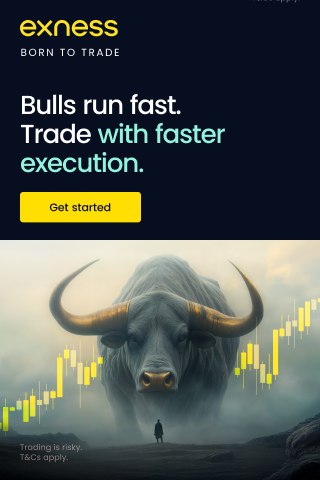
3 minute read
Exness Leverage Calculator: How to Calculate Your Margin Accurately
When trading forex or CFDs on the Exness platform, understanding how leverage and margin work together is essential. Whether you’re managing a small account or trading high volumes, knowing your required margin in advance helps you avoid margin calls and overexposure.
In this guide, you'll learn how to calculate your margin using the Exness Leverage Calculator, and how to apply this knowledge to plan smarter trades.

What Is Leverage in Trading?
Leverage lets you control a larger position than your actual deposit. It's displayed as a ratio, like 1:100, meaning you can trade 100 times more than your account balance.
But leverage also determines your margin — the amount you need in your account to open and maintain a position.
2. What Is Margin and Why Does It Matter?
Margin is the collateral you need to open a position. It’s automatically set aside by your broker when a trade is placed.
The formula is:
Margin = (Trade Size ÷ Leverage) × Contract Size × Market Price
For example:
Trade size: 1 lot (100,000 units)
Leverage: 1:100
Market price: 1.0000
Margin = (100,000 ÷ 100) × 1 = $1,000
This tells you how much of your account balance must be allocated to open that trade.
3. How to Use the Exness Leverage Calculator
Exness provides a built-in leverage and margin calculator via its official website and trading platforms. Here's how to use it:
✅ Step-by-Step Guide
Log in to your Exness account or visit the Exness website
Go to Tools > Trader Calculator
Select:
Trading Instrument (e.g., EUR/USD, Gold)
Account Currency (e.g., USD, ETB)
Leverage (e.g., 1:500)
Trade Volume (e.g., 1.5 lots)
Click “Calculate”
How To Open EXNESS Account in Saudi Arabia
How To Change EXNESS dark mode on PC

The tool will show you:
Required Margin
Spread cost
Swap charges (if applicable)
Potential profit or loss per pip
👉 Access the Exness calculator after signing up here
4. Example Margin Calculation with Exness
Let’s calculate for a EUR/USD trade:
Lot size: 1 standard lot (100,000 units)
Leverage: 1:500
Price: 1.1000
Margin = (100,000 ÷ 500) × 1.1000 = $220
So, you need $220 in margin to open this trade. If you raise the leverage to 1:1000, the required margin drops to $110.
5. How Leverage Affects Your Margin
LeverageRequired Margin (1 lot)1:50$2,000+1:100$1,000+1:500~$200+1:1000~$100+Unlimited~$0–Minimal (Exness only)
This is why Exness’s flexible leverage gives you greater control over trade size and risk.
6. Tips for Managing Margin Effectively
Use the calculator before placing large trades
Avoid trading near your margin call level
Monitor your free margin and margin level %
Use Stop Loss to avoid liquidation
Scale your lot size to match account balance
7. Exness Margin & Leverage FAQs
Q1: Is the Exness calculator free to use?
Yes, it’s available to all registered users — no cost at all.
Q2: Can I access it from my phone?
Yes, the calculator works on Exness mobile app and web.
Q3: What’s the difference between margin and free margin?
Margin: Collateral for open trades
Free Margin: Balance left after margin is deducted
Q4: How much leverage should beginners use?
Start with 1:100 or 1:200 until you build experience.
Q5: What happens if I don’t have enough margin?
Your trade won’t open, or your position could be closed due to a margin call.
✅ Conclusion
The Exness Leverage Calculator is an essential tool for every trader. It helps you determine exactly how much margin you need based on leverage, volume, and instrument — allowing you to trade with clarity and confidence.
👉 Open your Exness account to access the margin calculator now
See more:
Is EXNESS Social Trading legit?
How to become an EXNESS social trader?

